Two new interviews with CHINA: Portrait of a People author Tom Carter have just appeared. First, CNNGo stopped Tom before his talk at Shanghai’s Glamour Bar to get some insight into his “beautiful and groundbreaking 600-page photo collection”.
CNNGo: How do you think photojournalism gives people a deeper understanding of China than traditional journalism?
Tom Carter: … I believe that words and images are the yin and yang of reporting; a good story about China should have both. Too often journalists don’t have the page space to physically describe in detail the people and places they are reporting on. Even novels about China tend to gloss over how Chinese people physically vary from region to region in their facial features and their skin coloring and their body size. For instance, once I had a fan email me saying their favorite about China was Peter Hessler’s “River Town,” but that after they saw my photographs they finally had a better sense of the people Hessler was writing about. So that fan went back and read “River Town” again, with “China: Portrait of a People” nearby as a visual reference.
Sunday’s print edition of China Daily contained another interview with Tom, and a review of the book:
Part of the strength of this book is its independent spirit. It’s not a travel guide showing China dressed in its Sunday best, or a photojournalistic approach documenting the underbelly of the country, but rather a peek at the sights Carter has seen and a corrective to both the glowing promotional images and negative Western media shots that we are all familiar with. For instance, if you were to make a pilgrimage to Mount Tai for the sunrise you would likely be one of many thousands doing the same and this is the image Carter presents – hordes of people dressed in green army overcoats – not the typical picture postcard view.
His snaps of sleeping construction workers, the “pink light districts” of barbershops and dirty washing being aired in Shanghai put off the state-owned publishing house he first approached. So, he sought out a Hong Kong publisher instead. There are, of course, beautiful pictures, such as a white horse grazing under the watchful eyes of a near-naked man with long hair. It’s like an image from a fantasy novel, all the more powerful because it is an unchoreographed scene from real life, of a tea caravan in the wilds of Tibet.
Click the links to read the full articles.
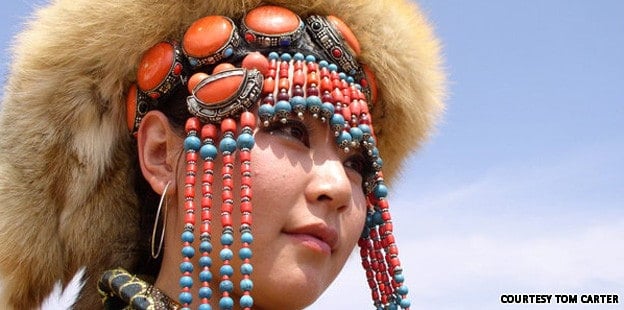
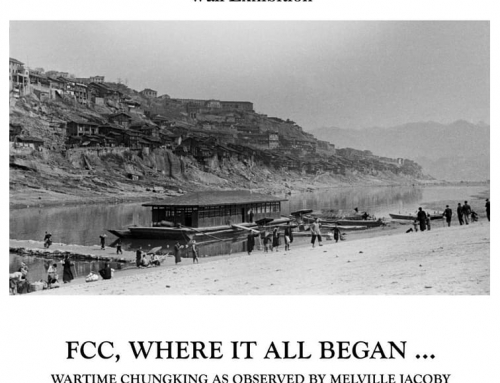
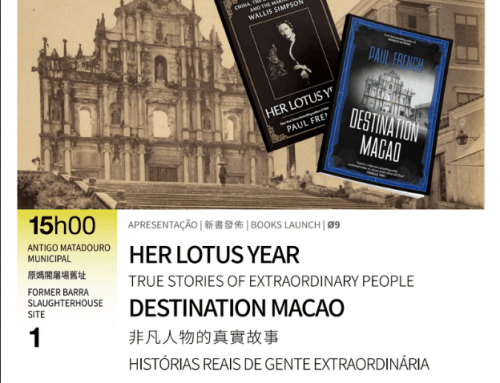
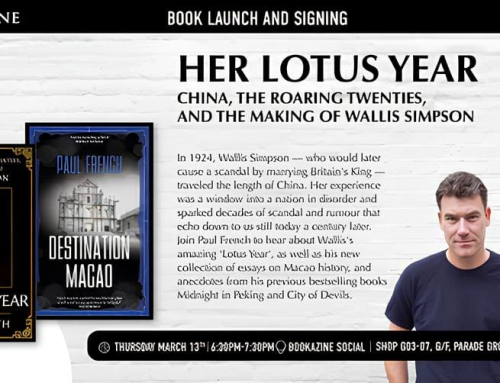
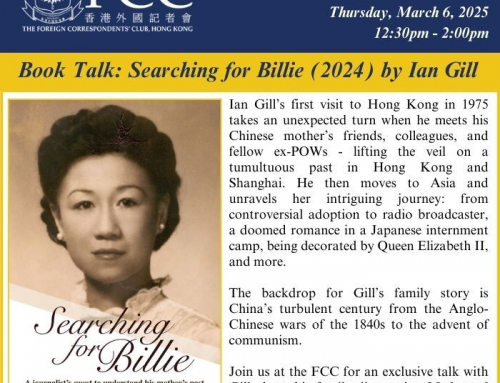
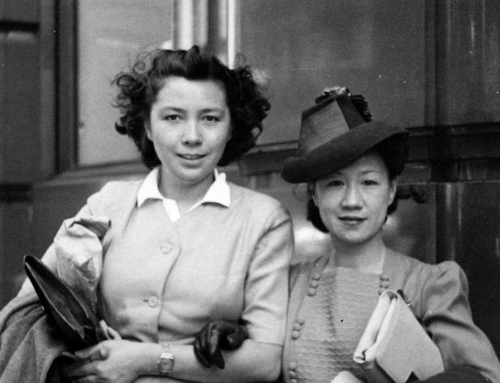
Leave A Comment